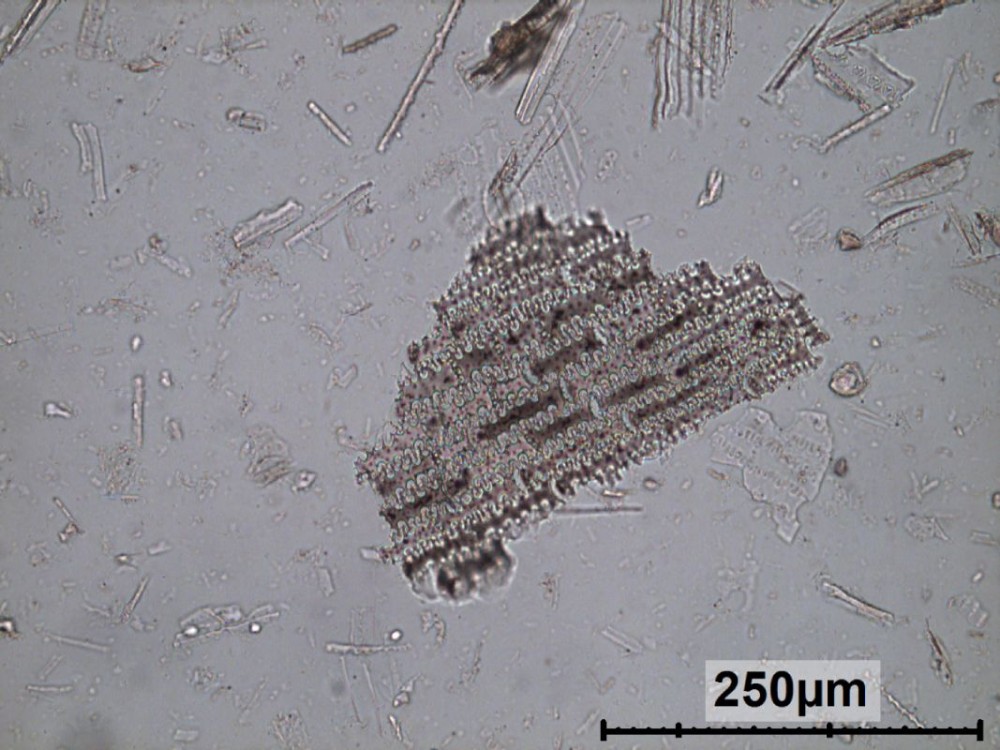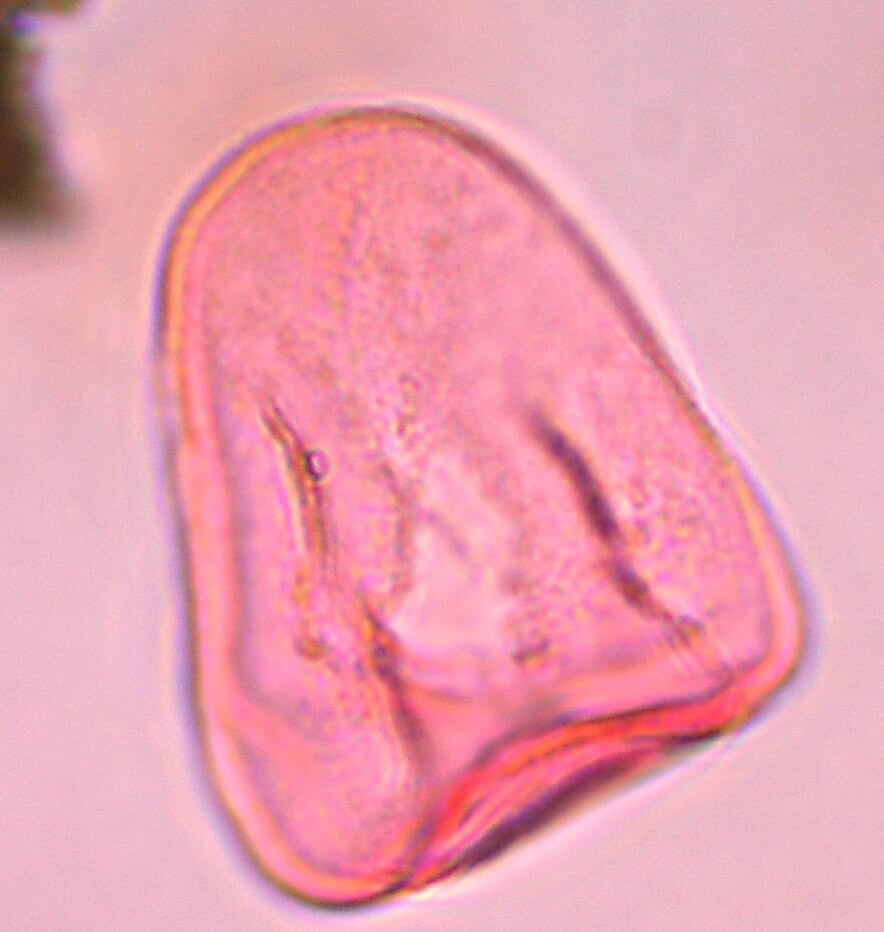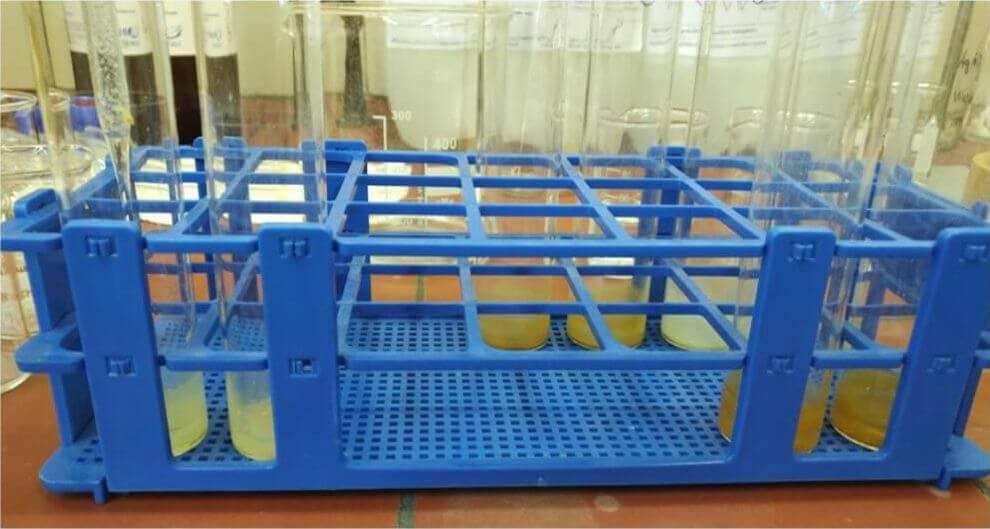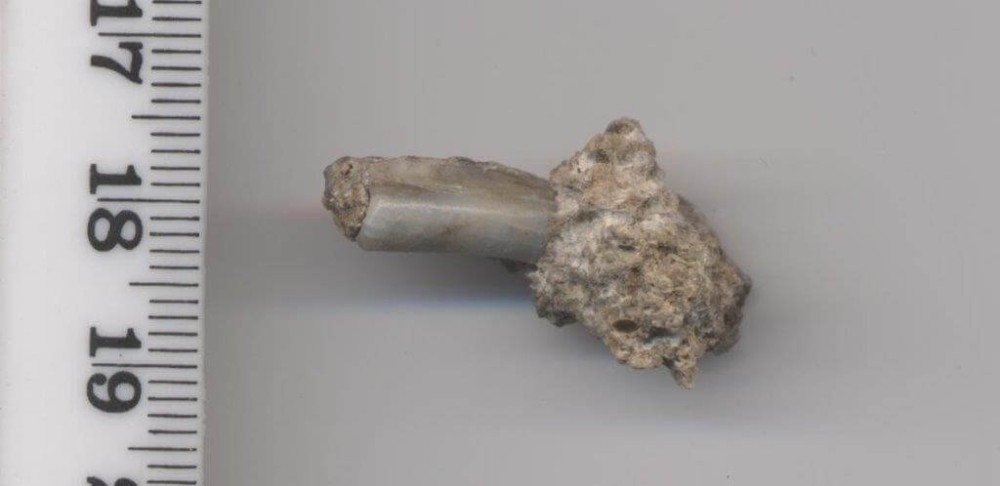Palaeoecology
To understand human dispersal and adaptations it is crucial to understand under what environmental conditions these processes took place. To do so, the PEOPLE team studies macro- and microscopic remains of flora and fauna, which can inform on local environmental settings and on regional climate.

Phytolith analysis
Many plants have the ability to deposit silica within their tissues and use it for a number of biological processes. These mineral deposits are known as phytoliths and often take the shape of the cell next to which they form, which may be specific to a certain family or genus, and thus inform on plant taxa and the portion of the plant in which they formed (e.g., the flowering part vs. the leaves). Phytoliths may survive in sediments for hundreds of thousands of years, including at archaeological sites. Grasses are among the most prolific producers of phytoliths, and those that form between short cells can help distinguish plants that operate the C3 carbon fixation pathway from plants that exploit the C4 pathway. The former are moisture-loving plants, whereas the latter are arid adapted. Therefore, determining the proportions of these short cell phytoliths within a sample of archaeological sediment can shed light on local environmental conditions during the Pleistocene.

Palynology
Pollen grains are the containers of male gametes in seed plants, and they feature shapes that may be species-specific. Like phytoliths, pollen grains may be preserved for long periods under favourable conditions. Pollens survive best in sediments that are poor in oxygen, such as peat, which is often found at spring sites. These characteristics, and their wide distribution in the environment, make them excellent markers of environmental conditions at the regional scale. The quantification of pollens from different plant species in archaeological sediments is a valuable way of distinguishing dry and wet stages in the Pleistocene.

Stable isotopes of plant lipid biomarkers
The leaves and stems of plants with epidermal cells are coated with protective waxes, called lipid biomarkers, which record environmental conditions in the form of specific organic compounds and stable isotopic ratios of carbon and hydrogen. Biomarkers can survive for millions of years in sediments at open-air archaeological sites, making them a high-resolution proxy to understand past vegetation cover (C3 vs. C4 plants) and rainfall.

Faunal analysis
The analysis of faunal remains, especially of mammals, is essential in our understanding of past environments and human adaptive strategies. In South Africa, the Middle and Late Pleistocene are characterised by the Florisian Land Mammal Age, an assemblage of extant and extinct medium- and large-sized mammals adapted to an open-grassland environment rich in freshwater. The extinct species include Equus capensis (giant plains zebra), Megalotragus priscus (giant wildebeest), Syncerus antiquus (giant long-horned buffalo), Damaliscus niro (a relative of the blesbok), and Antidorcas bondi (Bond's springbok). The extant species featured individuals that were larger in size compared to their modern counterparts.

Stable isotopes of tooth enamel
The proportions of different stable isotopes of carbon and oxygen in the tooth enamel of herbivores are affected by their diet (grazing vs. browsing), which is based on plants with characteristic isotopic compositions, and thus can provide information on past plant environments and the ecology of animal populations. This proxy, combined with phytoliths, pollen, carbon and hydrogen stable isotopes in lipid biomarkers, and macrofauna, allows the reconstruction of Pleistocene environmental change.